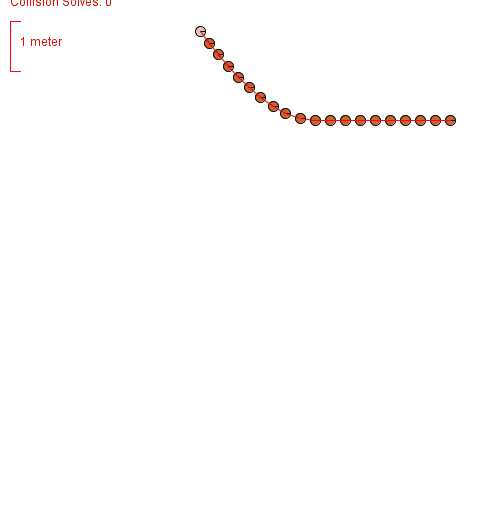I'd like to re-create this game, but I have no idea how to create the rope, or its influences on the ball.
Basically, there is a rope, "attached", at one end, to the mouse pointer, and at the other end attached to a massive ball. As the user moves their mouse, the rope and ball follow, as if swinging a flail or such in real life.
How would I go about creating a rope as in the above game?
I need to know the basic concepts and physics behind the creation of such a rope, not how to use a pre-existing library to create one. I'd like to be able to implement a rope from scratch, so need to know how it can be done.
Thanks!



